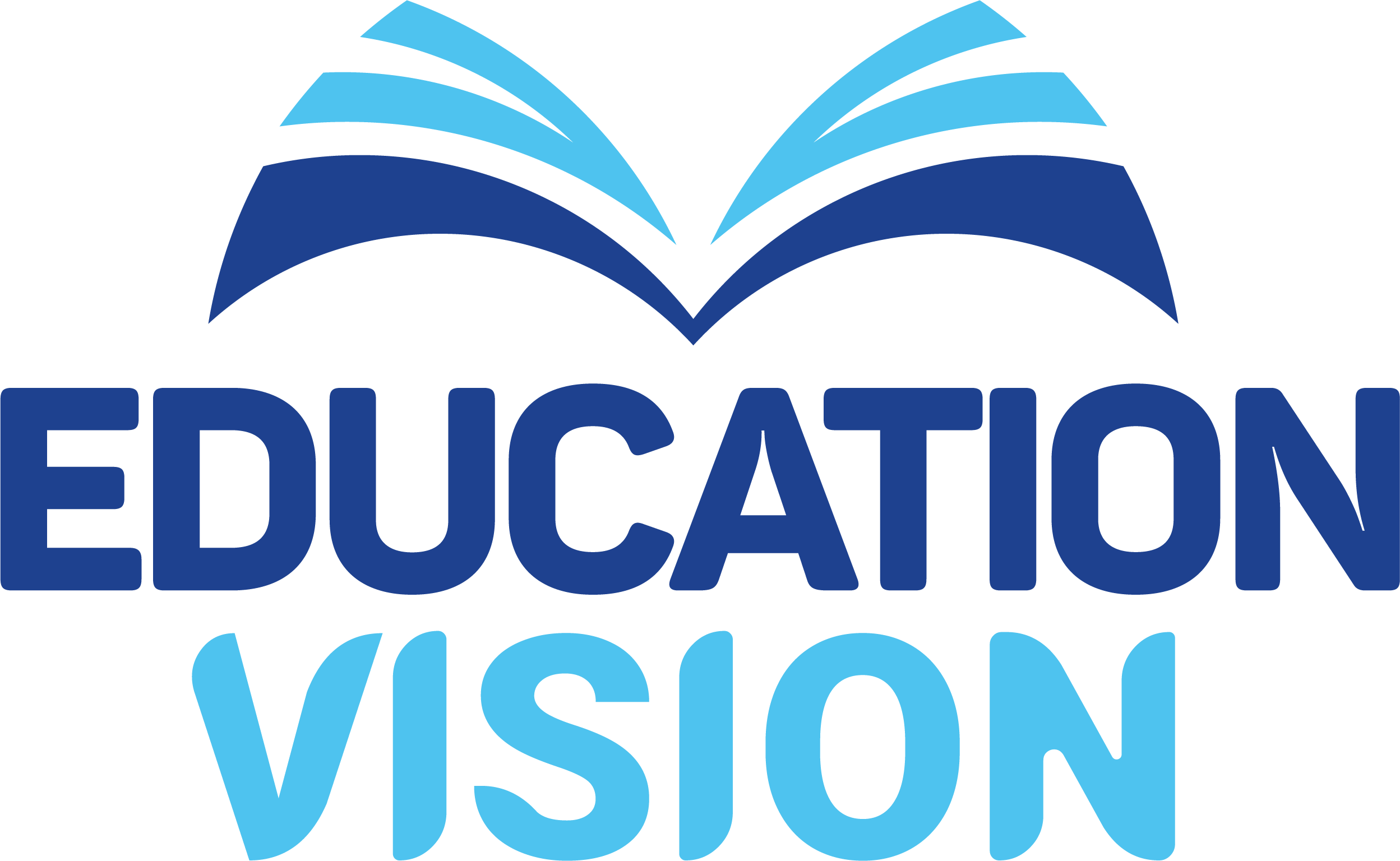(This article was first published in the New Vision on December 14, 20220
Many parents are struggling with interpreting the report cards introduced by the new lower secondary curriculum, whose implementation started this year. Agnes Kyotalengerire talked to experts to help you understand how to read this report card
Her daughter returned home for the holidays and handed her a report card a couple of days ago. But as was the case with the first and second school term report cards, Betty Muhaise is struggling to interpret her daughter’s grades on the third term report.
The three report cards her daughter who is in Senior One has brought home this year feature details, which are different from the information that appears on the secondary students score cards she is used to.
“I struggle to understand the grading system and what the teachers’ comments mean. I have to ask my daughter to explain her report to me,” Muhaise, whose daughter studies at Seroma Christian High School in Mukono district, says.
Although the report card includes a section explaining the new grading system introduced as a result of the competence-based curriculum, the mother says it is still hard to interpret. She adds that she did not need help with reading the report cards issued under the previous curriculum.
Muhaise is not alone. Many parents are struggling with interpreting the new report cards introduced by the new lower secondary curriculum, whose implementation started this year. Equally, some teachers are also struggling to make these report cards and to implement the curriculum currently being carried out in Senior One and Two.
Senior Three and Four are running an abridged version of the old curriculum and these two classes will be the last to implement it, paving the way for the new competence-based one across O’level.
Unlike the old report cards, which mostly featured the learner’s percentage scores (out of 100%) per subject, the overall score and grades, the new report does not show the learner’s grade. Instead, it is more detailed with new features.
Competence Levels
It has sections for subject names, competence level, score, the learner’s generic skills, values, games, sports, clubs, projects and the teacher’s comments on each of these areas.
The subject could be split into three or more competence areas depending on the content.
For example, for mathematics, a learner might be assessed on competence levels such as calculations, fractions, algebra and plotting, among others.
Next to the subject competence level is the learner’s score and then the teacher’s comments on their competence. Next to the teacher’s comments is the learner’s generic skills and values observed.
In the games and sports section, the teacher makes comments on a sport or sports activities a learner takes part in.
Under this curriculum, each learner is supposed to complete a maximum of two practical projects per term. This could, for instance, be writing a book.
Score Guide
The report card includes a scoring guide, describing what scores mean in terms of the learning outcomes achieved by the students.
The new curriculum is designed to help learners translate knowledge into tangible projects and apply classroom-based learning in real life (activities of integration).
There is also a section explaining the meaning of key terms on the report card. For instance, generic skills are those soft (skills) applicable to all subjects and are sought after in the job market today.
A third-term report card has a summary of a learner’s scores, including activities of integration and projects and other school-based learning areas. So, the scores you see in the summary section include the six projects your child will have done in a year. This summary section is probably the easiest part to read as it gives the learner’s score out of 100% – 20% for formative score and 80% for end-of-year assessment.
The new curriculum abolished the end of the first and second term exams, freeing time for the learners to concentrate on integration and projects. The learners are only expected to do end-of-year school-based exams, accounting for 80% of the score.
But these exam results will not be part of the continuous assignments assessed out of 20%, which the schools will forward to the Uganda National Examinations Board (UNEB) at the end of O’level. The UNEB exams will account for 80% of the score.
The end of year school-based exams are only intended to prepare the student for the end of the lower secondary UNEB exam. While the end of year school exams are important, in this section (end of year performance), it is vital to pay special attention to the learner’s performance in projects and activities of integration, which is the formative score.
Here, the results seem low, but they form the cumulative score schools will forward to UNEB to get 20% of the total score.

Grading Guide
To make the summary section easier for you to understand, the learner’s grade is given in terms of A+, A, B, C, D and E.
A+ symbolises the highest score, ranging from 90-100 marks. This is the section you need to look at if you want to know your child’s performance in terms of marks.
Richard Mpaka, a headteacher at St Michael High School Sonde in Mukono district, says the school held meetings to explain to parents the new curriculum assessment methods.
However, he reveals that many parents did not attend the meetings and still find trouble interpreting the report cards.
Anyone with no prior knowledge of the new assessment system can be challenged by this report card, whether literate or illiterate, according to Martin Moya, a teacher at King’s College Budo.
Moya says parents, who are still used to the old assessment system, find the new one difficult to interpret. “They are used to the grading (out of 100%) and may not easily understand when one talks of scores,” he adds.
But Moya finds the new curriculum and the report card interesting in many ways. For instance, its emphasis on soft skills encourages collaboration among learners.
He notes: “It is different from the old form of assessment where students worked alone,” adding that: “I find it specific and smart.”
Descriptive Report Card
The manager secondary schools at the National Curriculum Development Centre (NCDC), John Okumu says, they asked the school administrators to help parents understand how to read the report cards after getting a lot of complaints that many had trouble understanding how their children were assessed.
Despite these challenges, he notes that the new report is descriptive and once a parent understands how to read it, they get a comprehensive understanding of their child’s development.
Okumu likens this report card to those given to kindergarten children, which, for instance, describe the learner’s eloquence or reading.
“This report card describes the learner’s competencies in respective subjects. This curriculum measures what a learner can do, not what a learner has scored in a subject. The world is more interested in the learner’s ability to do something, but not the scores,” he says.
Okumu adds: “All countries using competence-based curricula around the world, including neighbours like Kenya, Rwanda, Ghana and South Africa are using the same report card.”
Skilling Teachers
The National Curriculum Development Centre has been training teachers around the country in delivering the new curriculum and making learners’ report cards. But the training suffered setbacks as some teachers reportedly did not pay enough attention to the learning process.
“The teachers thought the new curriculum would fail. But their attitude has changed after learning that pioneers will be sitting for their exams soon,” John Okumu, the manager secondary schools at NCDC, says.
“We are going to continue to train the teachers,” he adds.
Grace Kitego, a teacher at Nabisunsa Girls SS, says the new three-page report card allows each teacher to give comments on a student’s performance in the subject they teach. This allows you to get an explanation for your child’s performance in every subject and what they need to do to improve.
Martin Moya, a teacher at King’s College Budo, says the report card also motivates the learner as it gives them a comprehensive idea of the aspects they are good at. If a learner is consistently good at some aspects of the subject or learns from the teachers’ comments about their soft skills and values, they could concentrate on developing these areas, creating a foundation for a successful life in the future.
“It is an interesting report card. The learner could be weak in one area, but there is something positive about them in the teacher reports. It does not discourage, but rather effectively motivates. It elevates the learner in their area of strength,” Moya says.
However, some teachers maintain that making this report card is a tedious process, taking weeks or even months, while parents say it requires time and concentration to interpret it.
However, Okumu says making and reading this report will become a lot easier for teachers and parents like Muhaise once they appreciate the benefits of the skilled-based assessment to the learner and the country.
Score Levels
The report card’s score range, which includes three levels of outstanding, moderate and basic, can be read in terms of grades, with the basic category meaning that the learner falls in the lower grade when it comes to competencies achieved, according to the National Curriculum Development Centre (NCDC).
The curriculum agency says parents should also pay special attention to the section which shows the learner’s values and generic skills when reading the report card as these are at the heart of competence-based learning.
“Employers are now more interested in employing trainable people, but not people who have scored highly. Skills like communication, collaboration and teamwork are important,” John Okumu, the manager secondary schools at the National Curriculum Development Centre, explains.
Therefore, the curriculum agency urges teachers to emphasise the development of values and generic skills during classroom-based learning.
The agency says a learner can develop a project for every subject studied. This will not only help the learner understand the usefulness of their subject in real life, but also enable them to use that knowledge to solve problems.
“The parents should expect to see two projects on the report card each term with scores,” Okumu says.
“Learning is not about passing exams, but getting useful skills,” he adds.

